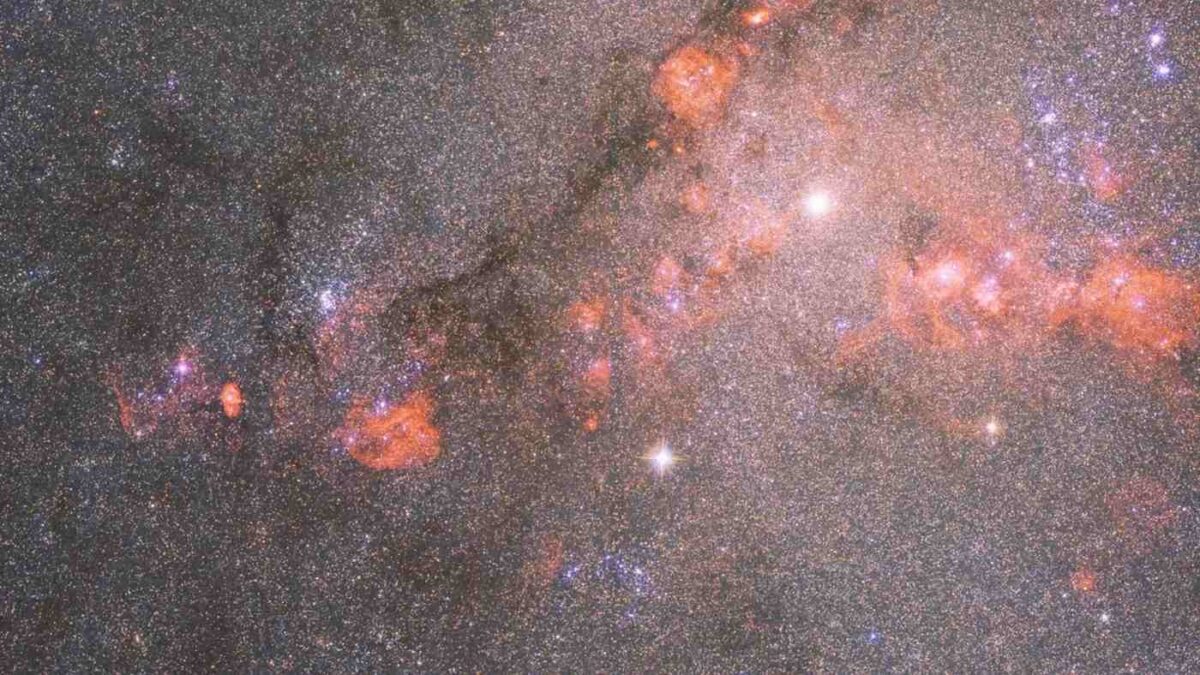Hubble Telescope, Still Hard at Work

The Hubble Space Telescope recently captured an image of the Triangulum Galaxy (M33), proving it remains relevant despite the James Webb Telescope’s advanced infrared capabilities.
M33, located in the constellation Triangulum, is about half the size of the Milky Way and is the third-largest galaxy in the Local Group after Andromeda (M31) and the Milky Way. Known for its rapid star formation, M33 forms stars at a rate 10 times higher than Andromeda, thanks to its abundant gas, dust, and ionized hydrogen clouds (H-II regions). Interestingly, its well-ordered spiral arms show little evidence of interaction with other galaxies, suggesting its star formation isn’t driven by galactic collisions, as is common elsewhere. Instead, high-mass stars seem to form from molecular cloud collisions within M33.
The image reveals reddish clouds of ionized hydrogen and dark dust lanes. The graininess is due to swarms of stars—M33 is one of the few galaxies close enough for Hubble to resolve individual stars. Unlike most spiral galaxies, M33 lacks a central bulge or a supermassive black hole, making it a “pure disk galaxy,” a structure found in about 15-18% of galaxies.
Despite its current stability, M33 may collide with both Andromeda and the Milky Way in the future. This image is part of a survey aimed at refining theories on the interstellar medium, star formation, and stellar evolution.
If you want to see another fantastic image, check out this image from NASA’s Astronomy Picture of the Day.